| Western blot (WB): | 1:500-2000 |
| Immunohistochemistry (IHC): | 1:50-400 |
| Immunofluorescence (IF): | 1:50-400 |
| Immunocytochemistry/Immunofluorescence (ICC/IF): | 1:50-400 |
| Flow Cytometry (Fixed): | 1:50-200 |
| Enzyme linked immunosorbent assay (ELISA): | 1:100-1000 |
| (Boiling the paraffin sections in 10mM citrate buffer,pH6.0,or PH8.0 EDTA repair liquid for 20 mins is required for the staining of formalin/paraffin sections.) Optimal working dilutions must be determined by end user. | |
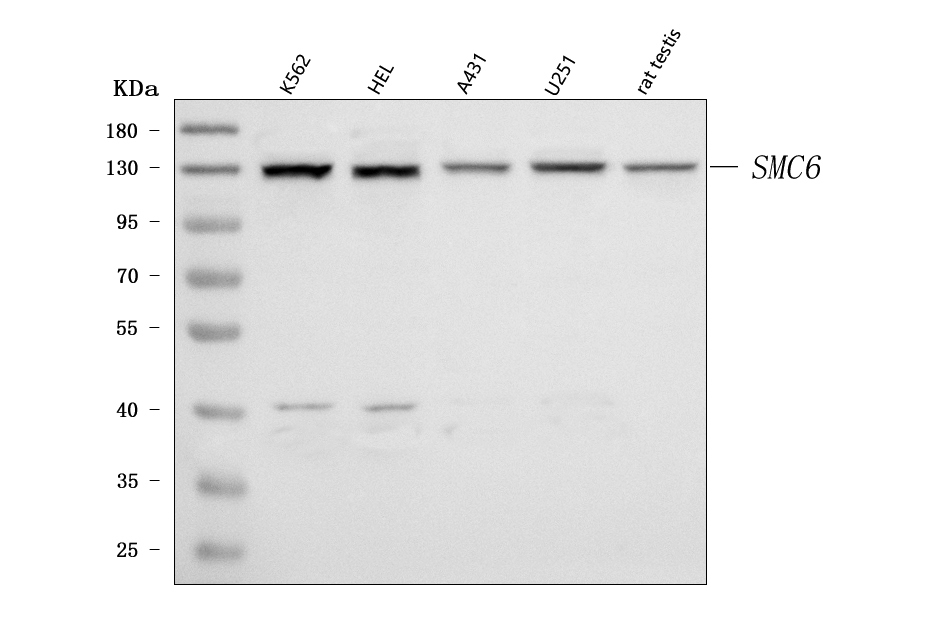
Figure 1. Western blot analysis of anti- SMC6 antibody (A01554-2). The sample well of each lane was loaded with 30ug of sample under reducing conditions.
Lane 1: human K562 whole cell lysates,
Lane 2: human HEL whole cell lysates,
Lane 3: human A431 whole cell lysates,
Lane 4: human U251 whole cell lysates,
Lane 5: rat testis tissue lysates.
Use rabbit anti- SMC6 1:1000, probed with a goat anti-rabbit IgG-HRP secondary antibody. The signal is developed using an Enhanced Chemiluminescent detection (ECL) kit (Catalog#EK1002). A specific band was detected for SMC6 at approximately 130KD. The expected band size for SMC6 is at 126KD.
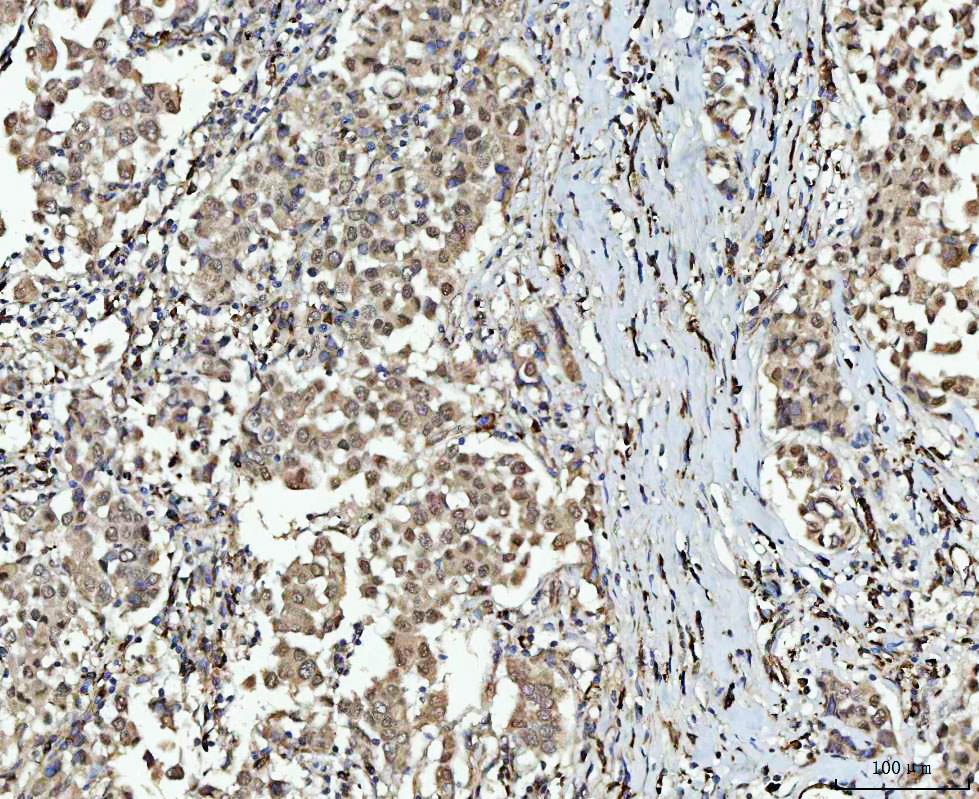
Figure 2. IHC analysis of SMC6 using anti-SMC6 antibody (A01554-2). SMC6 was detected in a paraffin-embedded section of human breast cancer tissue. Biotinylated goat anti-rabbit IgG was used as secondary antibody. The tissue section was developed using Strepavidin-Biotin-Complex (SABC) (Catalog # SA1022) with DAB (Catalog # AR1022) as the chromogen.
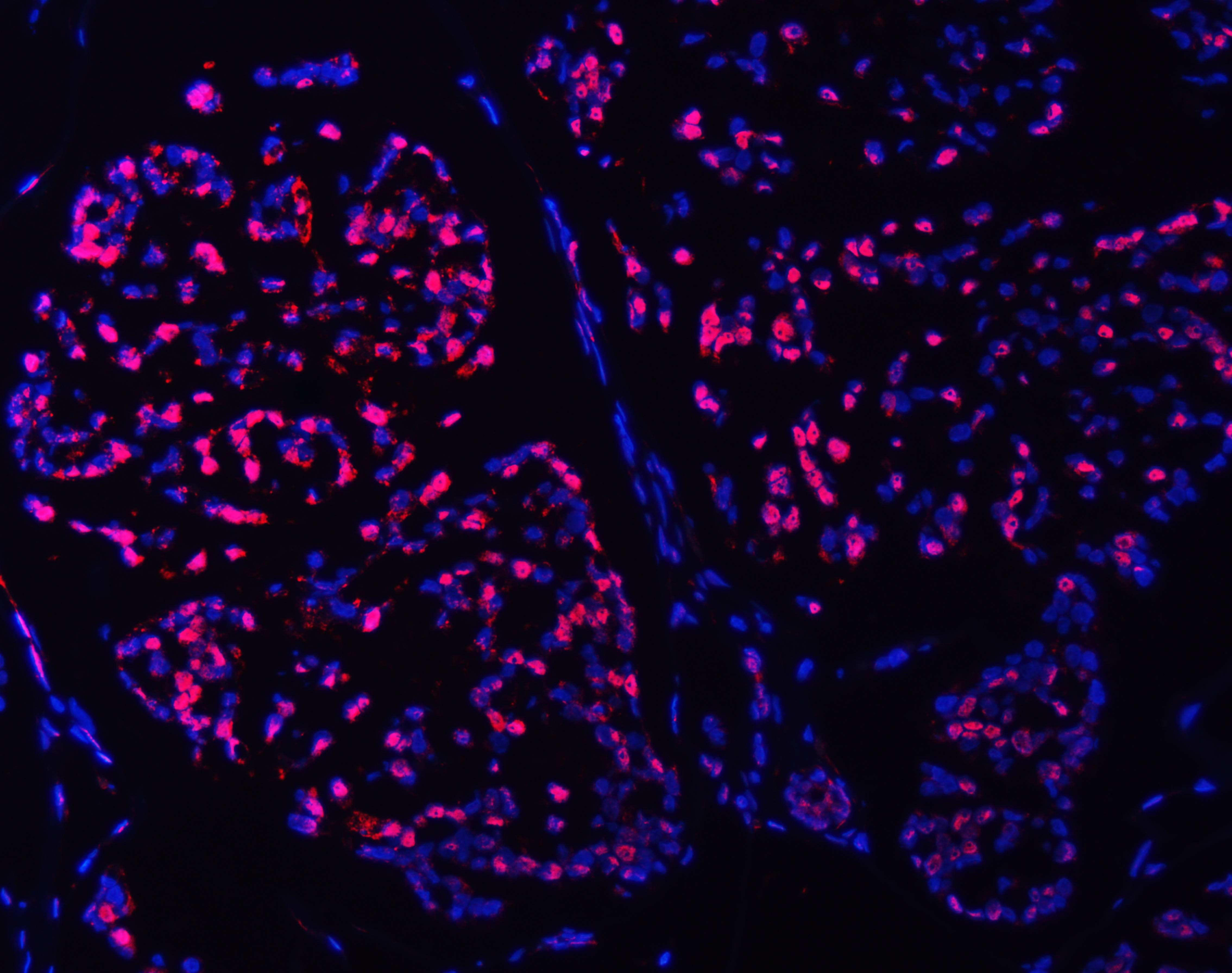
Figure 3. IF analysis of SMC6 using anti-SMC6 antibody (A01554-2). SMC6 was detected in a paraffin-embedded section of human breast cancer tissue. Cy3-conjugated Anti-rabbit IgG Secondary Antibody (red)(Catalog#BA1032) was used as secondary antibody. The section was counterstained with DAPI (Catalog # AR1176) (Blue).
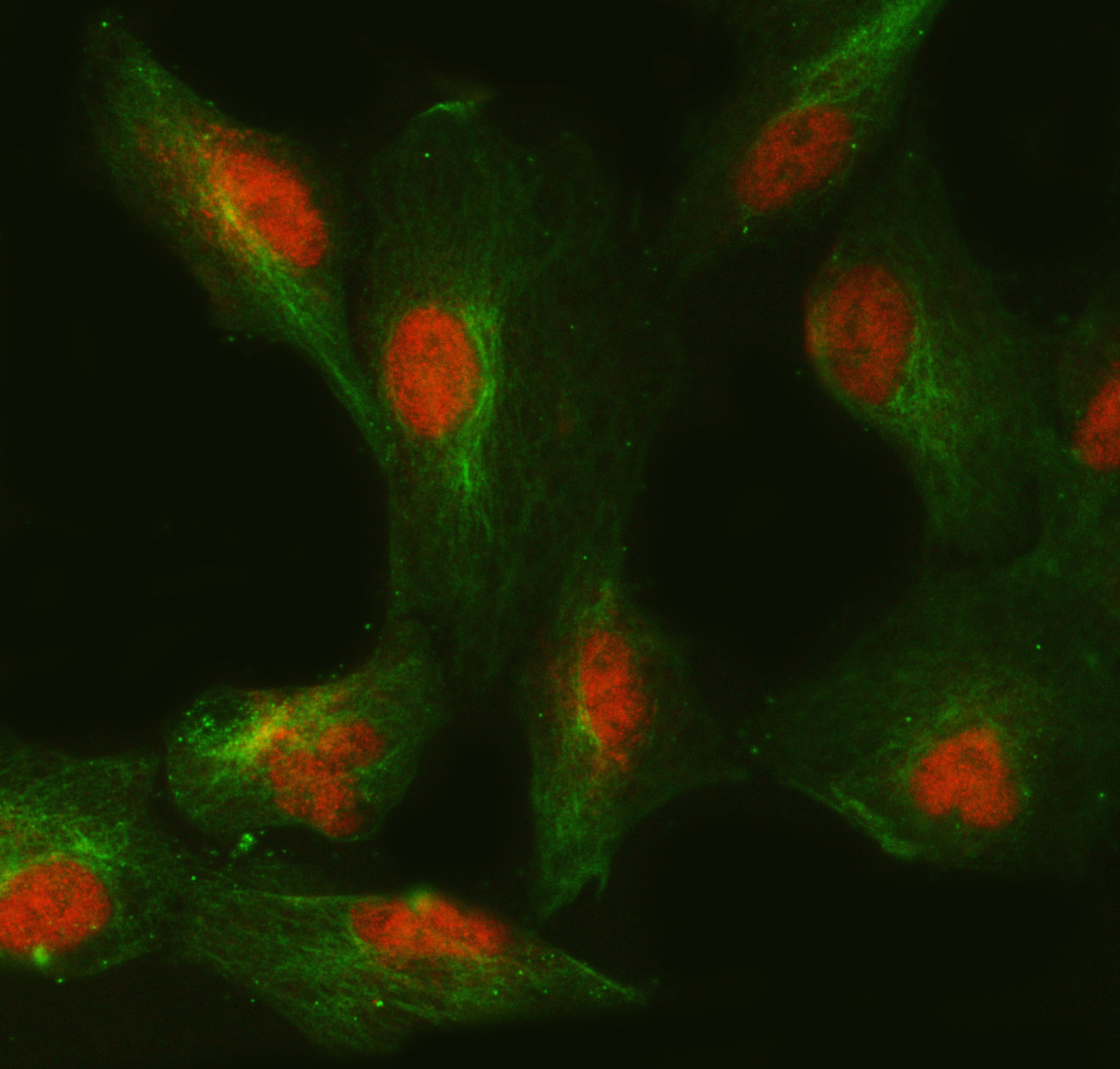
Figure 4. IF analysis of SMC6 using anti-SMC6 antibody (A01554-2) and anti-Beta Tubulin antibody (M05613-4).
SMC6 was detected in an immunocytochemical section of A549 cells. The section was incubated with rabbit anti-SMC6 Antibody (A01554-2) at a dilution of 1:100. Cy3-conjugated Anti-rabbit IgG Secondary Antibody (red)(Catalog#BA1032) and Dylight488-conjugated Anti-mouse IgG Secondary Antibody (Green) (Catalog # BA1126) were used as secondary antibody.
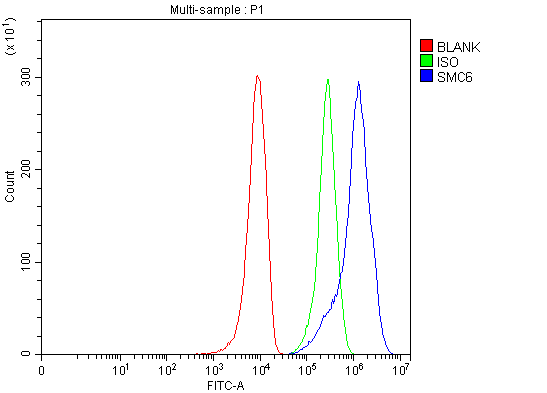
Figure 5. Flow Cytometry analysis of 293T cells using anti-SMC6 antibody (A01554-2).
Overlay histogram showing 293T cells stained with A01554-2 (Blue line). To facilitate intracellular staining, cells were fixed with 4% paraformaldehyde and permeabilized with permeabilization buffer. The cells were blocked with 10% normal goat serum. And then incubated with rabbit anti-SMC6 Antibody (A01554-2) at 1:100 dilution for 30 min at 20°C. DyLight®488 conjugated goat anti-rabbit IgG (BA1127) was used as secondary antibody at 1:100 dilution for 30 minutes at 20°C. Isotype control antibody (Green line) was rabbit IgG at 1:100 dilution used under the same conditions. Unlabelled sample without incubation with primary antibody and secondary antibody (Red line) was used as a blank control.

Figure 1. Western blot analysis of anti- SMC6 antibody (A01554-2). The sample well of each lane was loaded with 30ug of sample under reducing conditions.
Lane 1: human K562 whole cell lysates,
Lane 2: human HEL whole cell lysates,
Lane 3: human A431 whole cell lysates,
Lane 4: human U251 whole cell lysates,
Lane 5: rat testis tissue lysates.
Use rabbit anti- SMC6 1:1000, probed with a goat anti-rabbit IgG-HRP secondary antibody. The signal is developed using an Enhanced Chemiluminescent detection (ECL) kit (Catalog#EK1002). A specific band was detected for SMC6 at approximately 130KD. The expected band size for SMC6 is at 126KD.

Figure 2. IHC analysis of SMC6 using anti-SMC6 antibody (A01554-2). SMC6 was detected in a paraffin-embedded section of human breast cancer tissue. Biotinylated goat anti-rabbit IgG was used as secondary antibody. The tissue section was developed using Strepavidin-Biotin-Complex (SABC) (Catalog # SA1022) with DAB (Catalog # AR1022) as the chromogen.

Figure 3. IF analysis of SMC6 using anti-SMC6 antibody (A01554-2). SMC6 was detected in a paraffin-embedded section of human breast cancer tissue. Cy3-conjugated Anti-rabbit IgG Secondary Antibody (red)(Catalog#BA1032) was used as secondary antibody. The section was counterstained with DAPI (Catalog # AR1176) (Blue).

Figure 4. IF analysis of SMC6 using anti-SMC6 antibody (A01554-2) and anti-Beta Tubulin antibody (M05613-4).
SMC6 was detected in an immunocytochemical section of A549 cells. The section was incubated with rabbit anti-SMC6 Antibody (A01554-2) at a dilution of 1:100. Cy3-conjugated Anti-rabbit IgG Secondary Antibody (red)(Catalog#BA1032) and Dylight488-conjugated Anti-mouse IgG Secondary Antibody (Green) (Catalog # BA1126) were used as secondary antibody.

Figure 5. Flow Cytometry analysis of 293T cells using anti-SMC6 antibody (A01554-2).
Overlay histogram showing 293T cells stained with A01554-2 (Blue line). To facilitate intracellular staining, cells were fixed with 4% paraformaldehyde and permeabilized with permeabilization buffer. The cells were blocked with 10% normal goat serum. And then incubated with rabbit anti-SMC6 Antibody (A01554-2) at 1:100 dilution for 30 min at 20°C. DyLight®488 conjugated goat anti-rabbit IgG (BA1127) was used as secondary antibody at 1:100 dilution for 30 minutes at 20°C. Isotype control antibody (Green line) was rabbit IgG at 1:100 dilution used under the same conditions. Unlabelled sample without incubation with primary antibody and secondary antibody (Red line) was used as a blank control.






